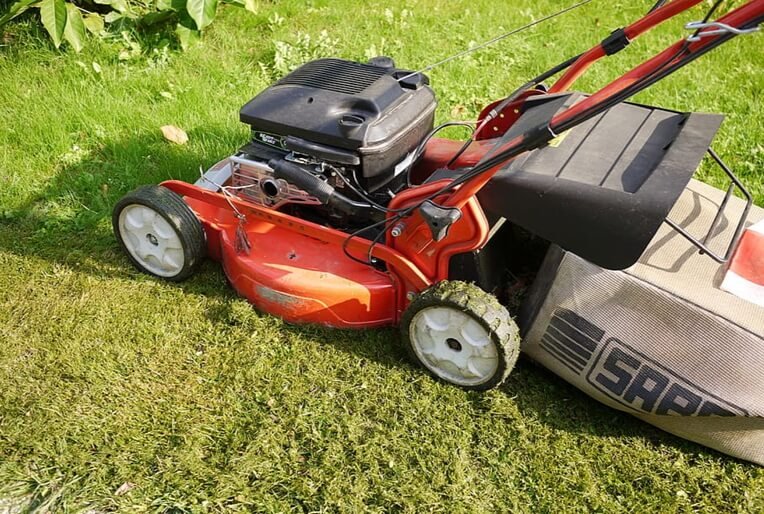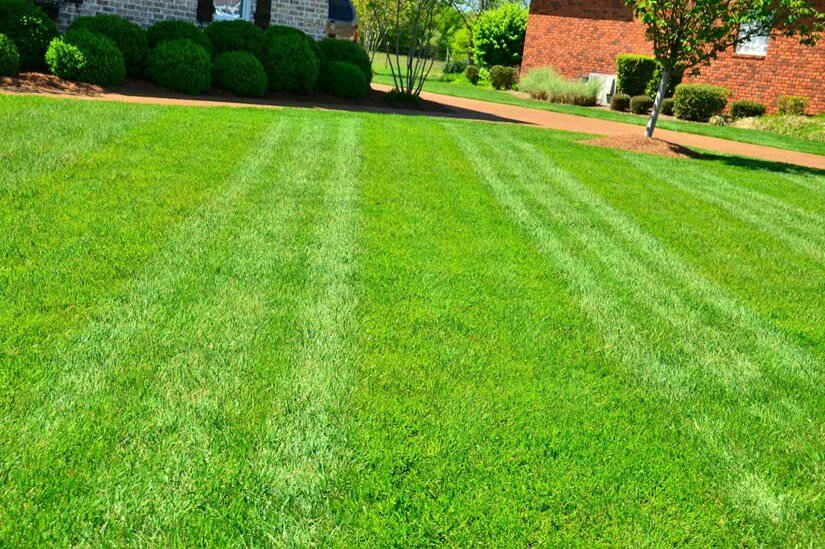A well-manicured lawn adds beauty to the home and enhances the landscape. Edging your grassland is a vital part of maintenance that creates a clean and defined border between the grass and other areas.
However, as a first-time gardener, you may be unsure: How often should you edge your lawn? This blog post will discuss the frequency of trimming your grassland and why this task is essential for its health. Let’s dive in!
Table of Contents
How Often Should You Edge Your Lawn?
There is no fixed answer! The frequency of edging your lawn depends on several factors, such as the type of grass, the lawn shape, and the climate.
Keep reading to discover the detailed explanation!
The Type Of Grass
The type of grass in your lawn plays a crucial role in determining how often you should edge it.
Different types of grass have varying growth rates. It affects how quickly they spread out to the edges of your grassland.
Fast-growing grasses like Bermuda and St. Augustine require frequent trimming, at least once a week, to maintain a neat appearance.
Meanwhile, slow-growing grasses like fescue and bluegrass can go without edging for two to three weeks.
The Weather Conditions
Weather conditions also significantly affect how often you should edge your lawn. In the growing season, when the grass is growing fast, and there is a lot of rain, you should edge your yard more frequently.
Wet conditions can cause the grass to grow fast and spread on the lawn’s edges, making it necessary to edge more often.
In contrast, when the grass grows slowly during the dry season, you might only need to edge your yard once every two to three weeks.
The Shape Of The Lawn
The shape of your lawn can also determine how often you should edge it.
If your grassland has a lot of curves and angles, it’s better to trim it more frequently than one with straight edges.
The curves and angles can cause the grass to grow over the edges, making it necessary to edge more often.
However, if your grassland has straight edges, you might only need to edge it once every two to three weeks.

Is Edging Good For Your Lawn?
The answer is Yes! Edging your lawn is necessary and for many good reasons, as shown below:
Improve the Appearance of Your Lawn
Edging your grassland makes your yard look neater and more polished. It creates a clear boundary between the lawn and other areas, giving it a defined look.
With time, grass grows over the edges and encroaches on other spaces like driveways and walkways.
Trimming prevents this issue, keeping your grass looking sharp and well-groomed.
Encourage Healthy Growth of Grass
Edging your lawn can help prevent the growth of weeds that can invade your grass. Weeds grow along the edges and can spread to other yard parts.
By trimming regularly, you remove any weeds growing along the edges, preventing them from spreading to other areas.
This maintenance also helps the grass to grow thick and healthy by reducing competition for nutrients and water.
Make Lawn Care Easier
Edging makes mowing your grassland easier. With a well-defined edge, it is easier to cut along the perimeter of your grass, creating a clean and tidy finish.
Trimming your grassland can also help reduce the debris in your flower beds, walkways, and driveways.

When Is the Best Time To Edge Your Lawn?
The best time to edge your lawn is in the early spring, right after mowing, and before winter.
Early Spring
Early spring is an excellent time to edge your lawn. It is when the grass begins to grow, and you can see where the edges of your grass need to be defined.
Edging your grassland in the early spring will give your property a clean look. This maintenance also makes the grass stand out from the rest of your yard.
Early spring trimming will also help prevent the grass from spreading into your garden beds.
After Mowing
Another great time to edge your lawn is right after you mow it.
Mowing your grass will trim the grass around the edges. It is easier to see where the edge of your grass is. After mowing, use an edger to create a clean, defined edge.
Edging right after mowing will give your lawn a polished look and make it stand out.
Before Winter
Finally, edging your lawn before winter is also an excellent idea. Snow and ice may cover the edges of your lawn during winter; therefore, it is difficult to see where your yard ends and garden beds begin.
Trimming before winter will ensure that your lawn looks neat throughout the winter months. Additionally, edging before winter will make trimming your grass in the spring easier.

What Are The Signs Your Lawn Needs Edging?
Not sure if it’s time to edge your lawn? Here are some signs to look out for.
Uneven Grass
When you mow your lawn and notice uneven or crooked lines, it indicates that your grass needs edging.
The reason for this is that the grass grows beyond the borders of your yard and creates an uneven look.
This maintenance will help to create a clear boundary between the lawn and the other areas, making it easier to mow in straight lines and maintain a neat appearance.
If you want a mower for a small garden, you can consider the Great States 815-18.
Overgrown Grass
Has your grass overgrown the borders of your grass and started encroaching on other areas of your yard? It can happen over time, especially if you neglect your lawn. It’s time to trim it!
Edging will help cut back the overgrown grass and prevent it from spreading to other areas, making it easier to maintain and keep your grass neat.
Weeds and Grass in Garden Beds
If you notice grass and weeds growing in your flower beds, your lawn needs edging.
Trimming will help to create a clear boundary between your grassland and flower beds, preventing grass and weeds from spreading into your flower beds.
It will help to keep your flower beds looking neat and tidy. Besides, it can reduce the weeding duration.

The Bottom Line
In conclusion, edging your lawn is an essential task that helps maintain a neat and attractive appearance.
The lawn edging frequency depends on the grass type, weather conditions, and the lawn shape.
Consider these factors to determine the best schedule for your lawn. Remember to use a sharp edging tool and wear protective gear when trimming your grass to avoid injuries.
If you are looking for the top grit for sharpening mower blades, visit our site for more guides!










